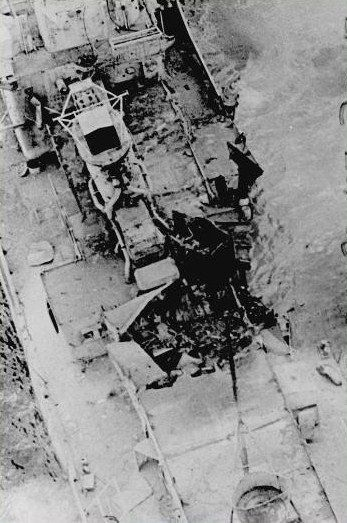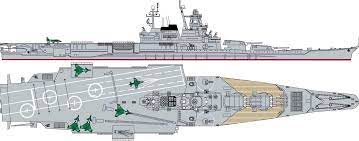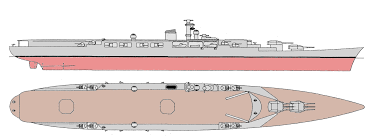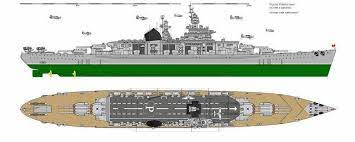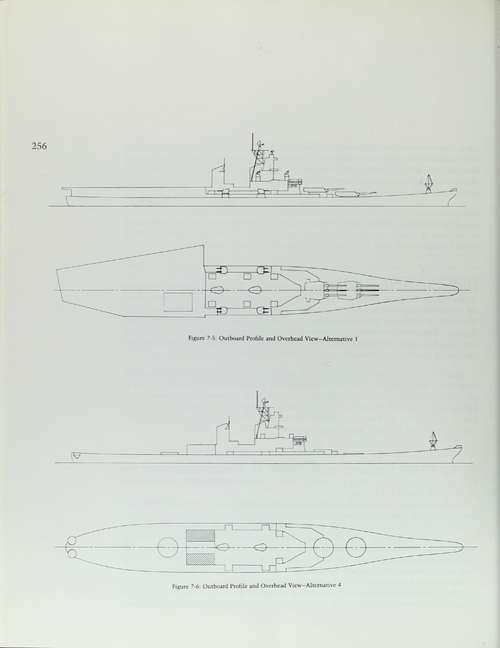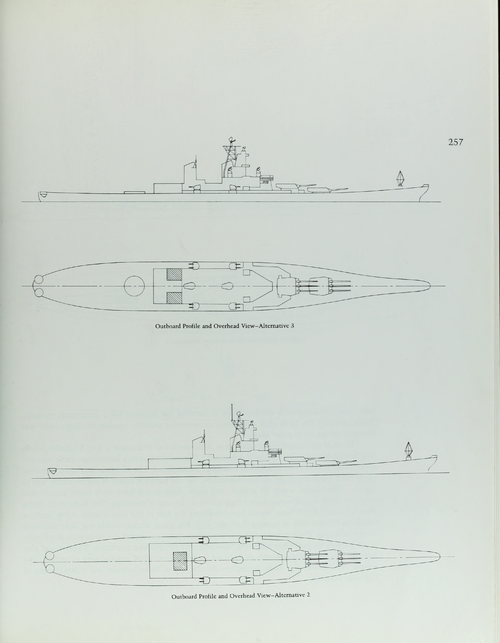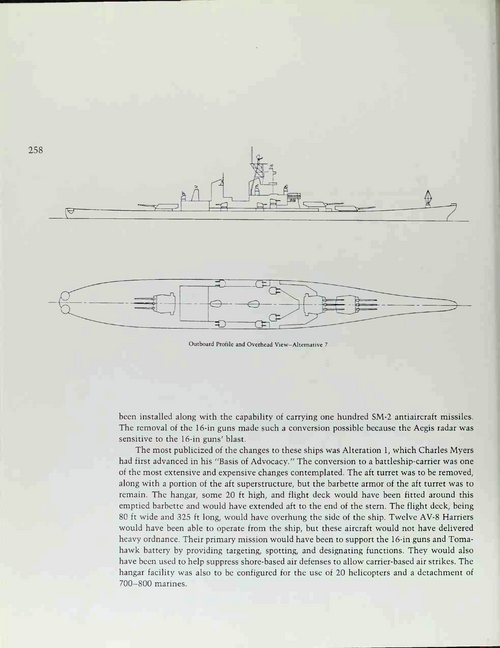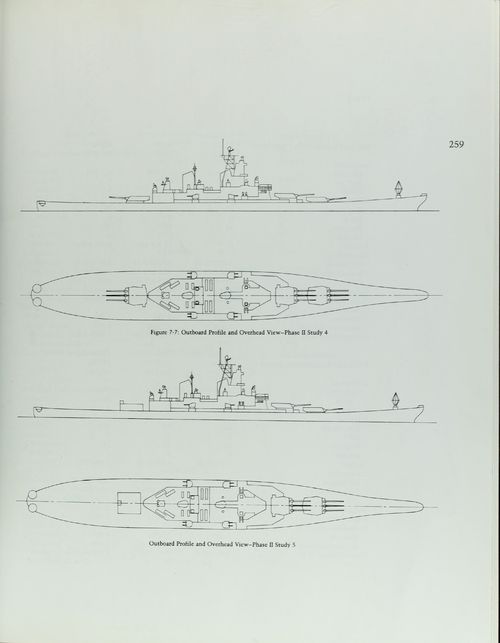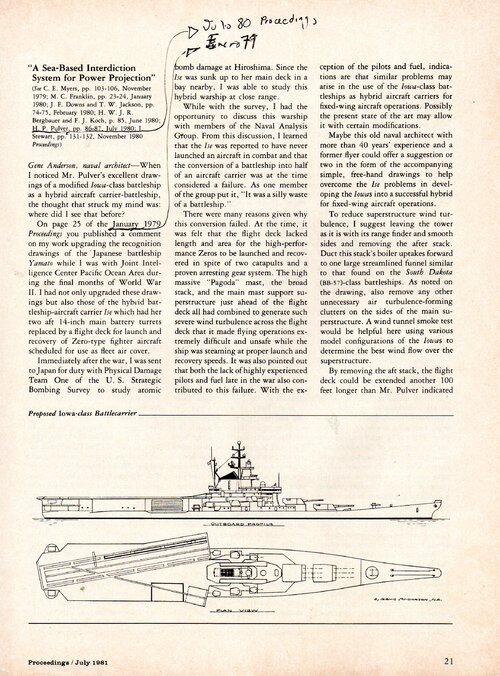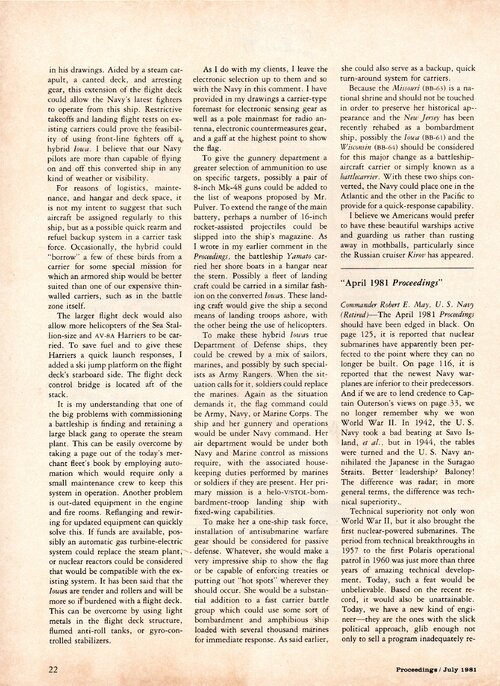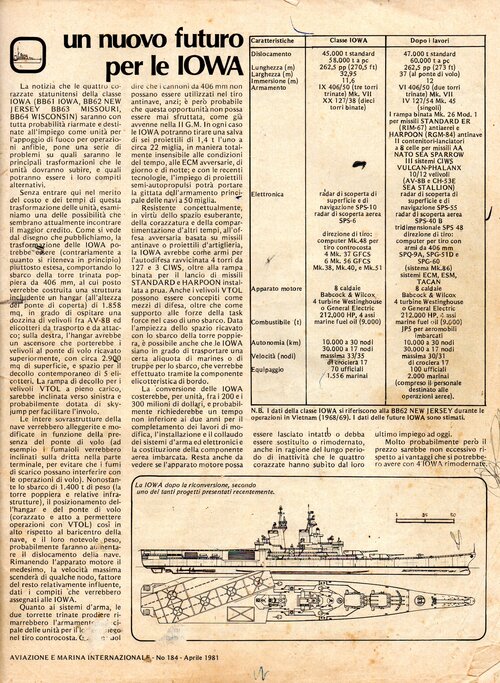A couple of points. The USN didn’t want the CVL in the first place. They were the idea of FDR as a fast escort carrier.Bouncing off that conversation: since that shipyard was building Clevelands before the Alaskas... how about four more CVL carriers then ?
Sometime between Dec 1941 and April 1942 another Cleveland class order was transferred to NYSB from Federal. It was laid down as the Fargo on 11 April 1942 and subsequently became the CVL Langley launched in May 1943. Federal lost 3 cruiser orders to other yards to allow it to concentrate on destroyer production.
OTL were nine Independance: among them - one sunk, one nuked, two for France, one for Spain.
So how about 13 Independance decks ? they had flaws and were small but they were also rather fast - 31 kt vs 24 for a Majestic / Colossus and 19 kt for Escort carriers.
But they came into their own because they provided 9 fast carrier decks in the space of 11 months to accompany the 7 Essex completed in 1942/3 and adding to Saratoga and Enterprise. As 1944 went on the USN developed plans to operate carrier groups with 2 CV and 1 CVL. The two Saipans built on Baltimore hulls were meant as attrition replacements and ordered in 1943.
So allowing for night carriers in the fleet and no further losses there would have been enough light carriers to match Essex construction into 1946.
Edit:- by Aug 1945 the plan was to operate them with 100% fighter air group, while increasing the number of dive bombers on the Essex class at the expense of fighters.

